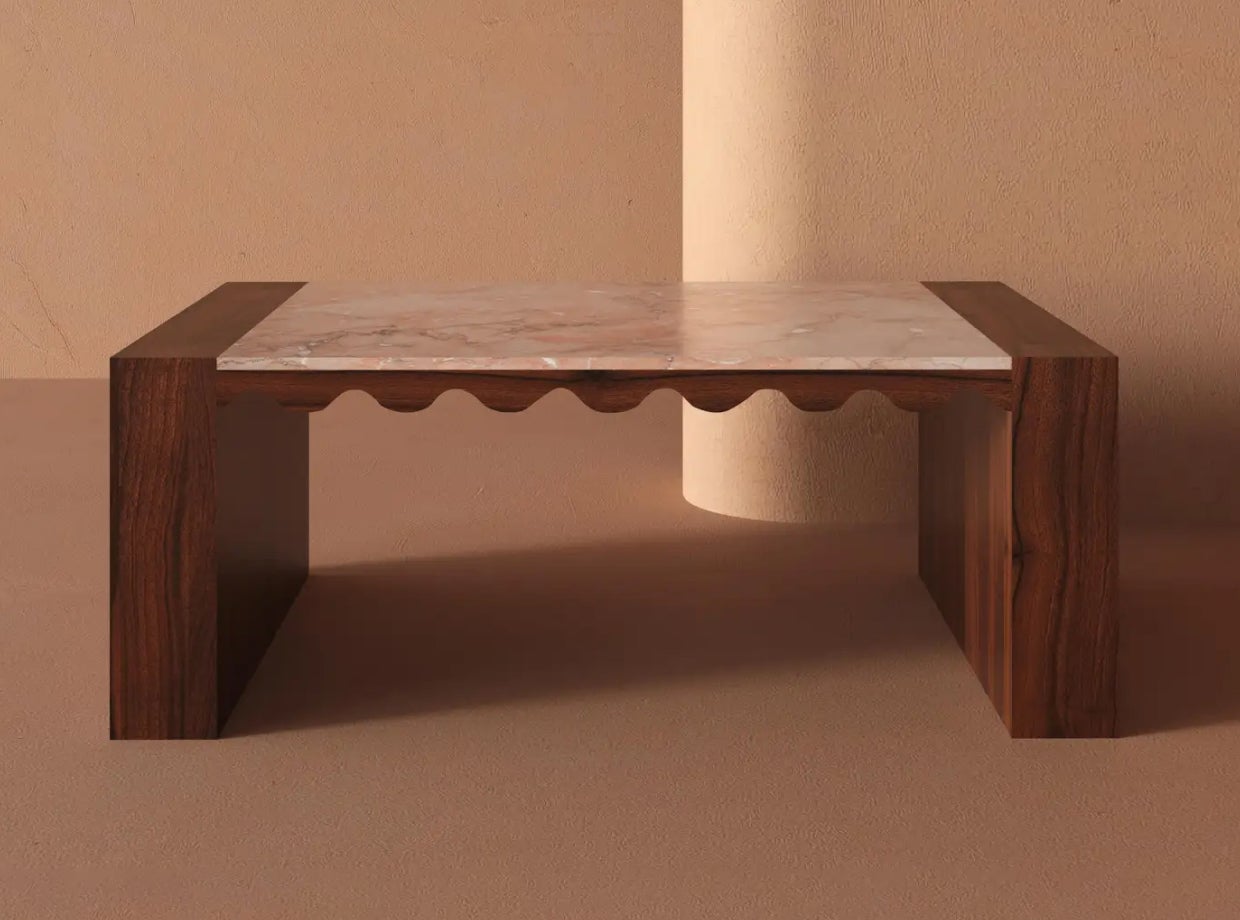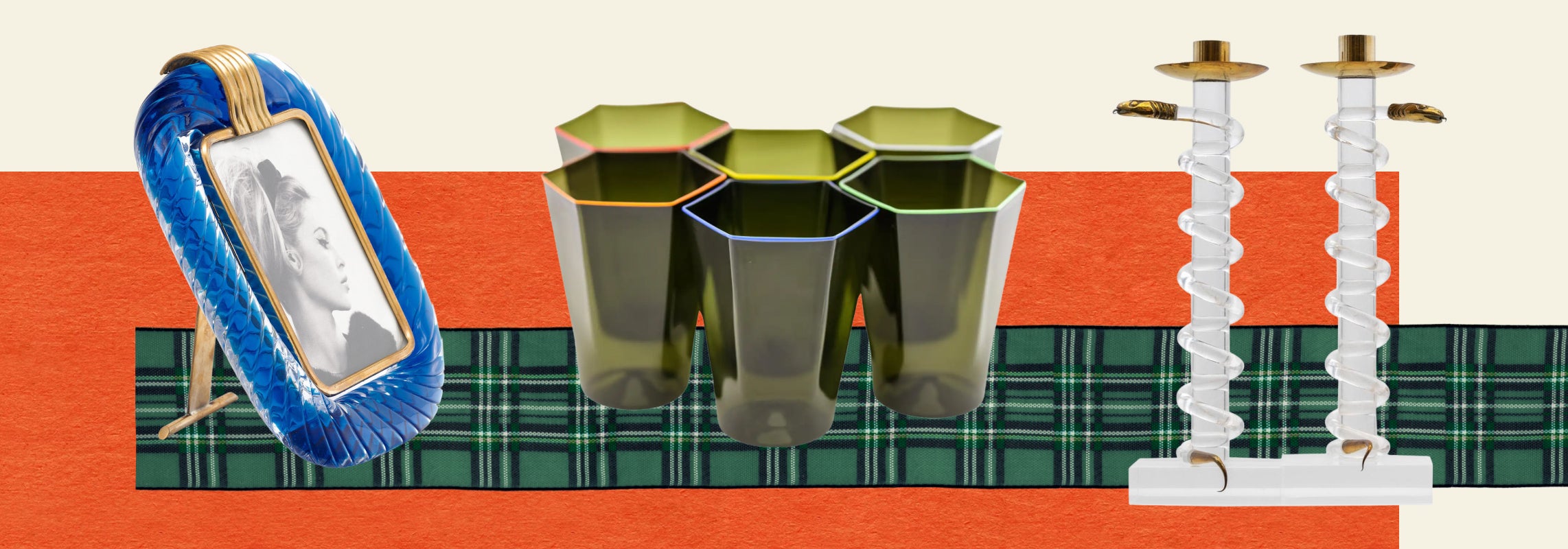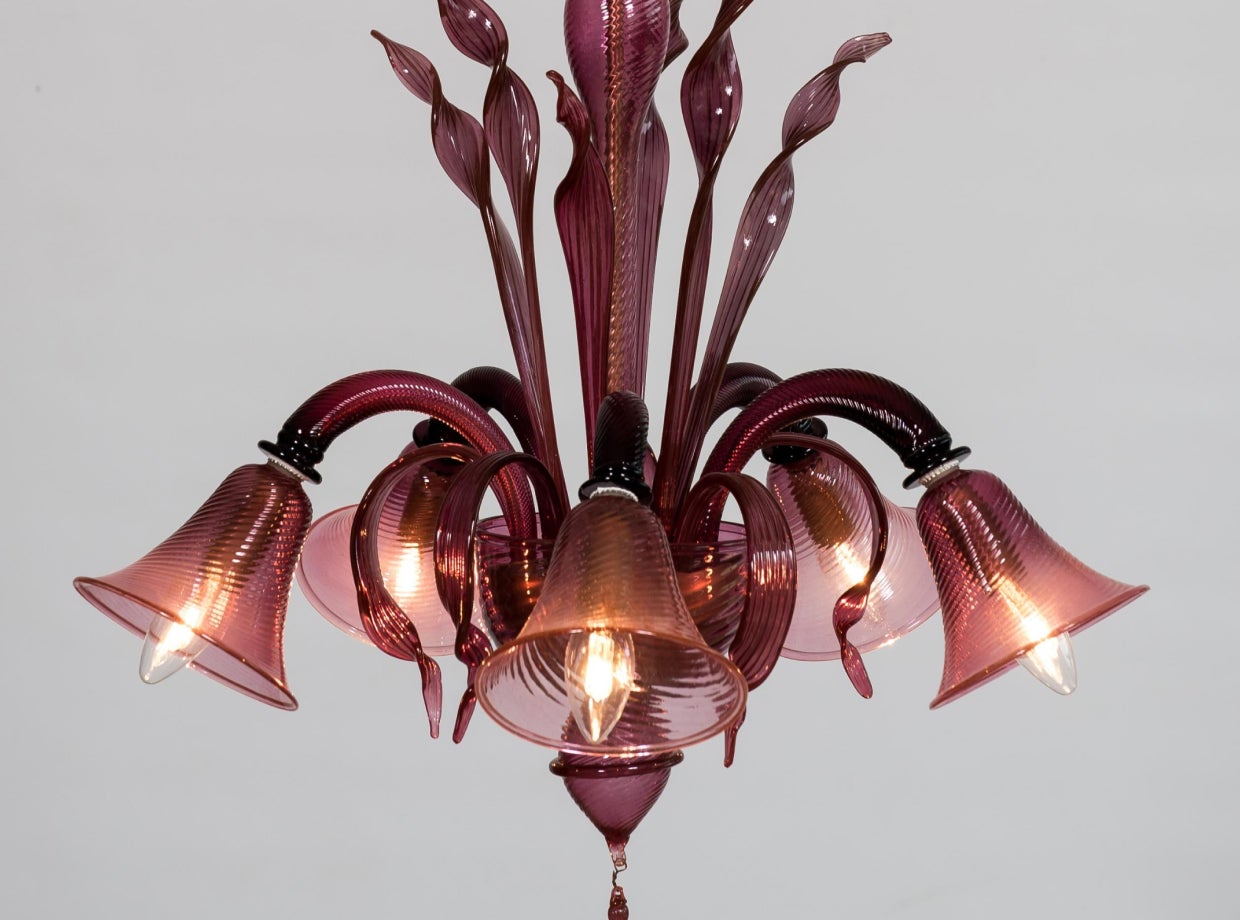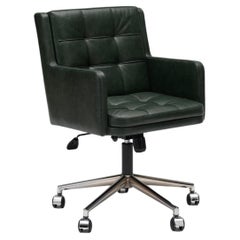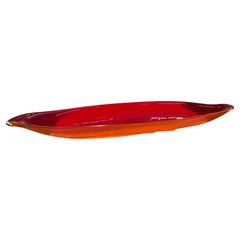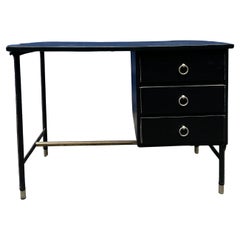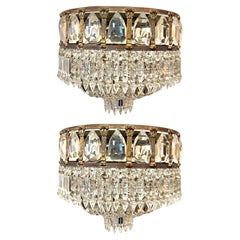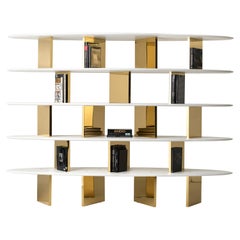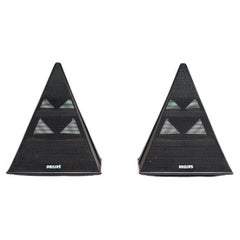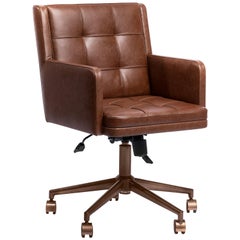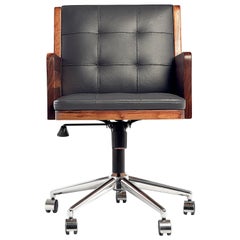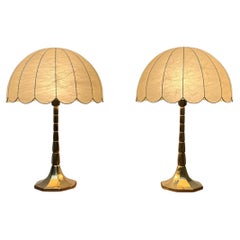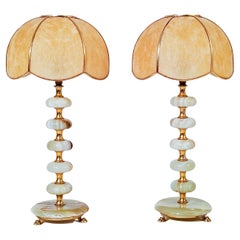Furniture
Shop Furniture
2010s Turkish International Style Furniture
Leather
2010s Turkish International Style Furniture
Leather
2010s Turkish Furniture
Oak
2010s Turkish International Style Furniture
Leather, Oak, Walnut
1970s German Hollywood Regency Vintage Furniture
Metal
1950s French Hollywood Regency Vintage Furniture
Onyx, Metal, Chrome, Brass
21st Century and Contemporary Furniture
Paper
2010s Italian Modern Furniture
Velvet
Late 20th Century American Furniture
Metal
Early 20th Century French Art Deco Furniture
Leather
1970s Italian Mid-Century Modern Vintage Furniture
Metal
Late 20th Century Italian Mid-Century Modern Furniture
Blown Glass
1950s American Mid-Century Modern Vintage Furniture
Oak, Walnut
1960s American Mid-Century Modern Vintage Furniture
Walnut
Early 20th Century Austrian Jugendstil Furniture
Leather, Wood
1910s Austrian Black Forest Vintage Furniture
Wood, Paint
1910s Austrian Black Forest Vintage Furniture
Wood, Paint
1950s American Mid-Century Modern Vintage Furniture
Glass, Wood, Walnut
Late 20th Century Italian Mid-Century Modern Furniture
Blown Glass
1930s French Art Deco Vintage Furniture
Metal, Aluminum
1970s French Brutalist Vintage Furniture
Wrought Iron
1920s Dutch Art Deco Vintage Furniture
Oak
1920s Dutch Art Deco Vintage Furniture
Oak
1970s Italian Mid-Century Modern Vintage Furniture
Wool
20th Century Finnish Mid-Century Modern Furniture
Metal
Early 20th Century Japanese Meiji Furniture
Cedar
1960s Italian Vintage Furniture
Glass, Art Glass, Blown Glass
1990s Italian Mid-Century Modern Furniture
Art Glass
1960s Italian Mid-Century Modern Vintage Furniture
Metal, Brass
1930s Swedish Scandinavian Modern Vintage Furniture
Velvet, Oak
1990s Italian De Stijl Furniture
Fabric, Wood
1960s Italian Mid-Century Modern Vintage Furniture
Brass
1920s Dutch Art Deco Vintage Furniture
Oak
2010s Italian Mid-Century Modern Furniture
Aluminum, Brass
1970s Italian Mid-Century Modern Vintage Furniture
Art Glass, Murano Glass
1920s Dutch Art Deco Vintage Furniture
Oak
1970s Italian Mid-Century Modern Vintage Furniture
Murano Glass
Mid-20th Century Swedish Mid-Century Modern Furniture
Ceramic
1930s Finnish Scandinavian Modern Vintage Furniture
Sheepskin
1960s Dutch Vintage Furniture
Paper
Early 1900s English Art Nouveau Antique Furniture
Silver
21st Century and Contemporary Furniture
Mirror, Hardwood
1920s French Art Deco Vintage Furniture
Spelter
Mid-20th Century French Art Nouveau Furniture
Glass
1970s Italian Mid-Century Modern Vintage Furniture
Marble
Early 20th Century French Art Deco Furniture
Leather
1950s Swedish Vintage Furniture
Beech, Teak, Paper
1980s Italian Modern Vintage Furniture
Iron
2010s Italian Furniture
Ceramic
19th Century Dutch Folk Art Antique Furniture
Wood
19th Century French Antique Furniture
Zinc
16th Century French Antique Furniture
Stone
Early 20th Century English Edwardian Furniture
Mahogany
1970s American Mid-Century Modern Vintage Furniture
Metal, Brass
21st Century and Contemporary Portuguese Modern Furniture
Wood, Upholstery
1960s American Mid-Century Modern Vintage Furniture
Oak
21st Century and Contemporary Furniture
Wood, Oak
1950s Swedish Vintage Furniture
Metal
21st Century and Contemporary American Modern Furniture
Metal, Brass, Stainless Steel
21st Century and Contemporary Portuguese Modern Furniture
Ceramic, Linen
Shop Unique Furniture on 1stDibs
When it comes to shopping for vintage, new and antique furniture — whether you’re finally moving into that long-coveted loft apartment, ranch-style home, townhouse or furnishing your weekend house on the lake — you should think of your home as a stage for the seating, tables, lighting, storage cabinets and other pieces that best match your personality.
Coziness, comfort and creating a welcoming space are among the important things to consider when buying furniture, whether that means seeking strict cohesion or rooms characterized by a mix-and-match assembly of varying shapes, colors and materials. And for those who now work from home, exercise, eat and relax within the same four walls every day, they’ll also want to think about flexibility and an innovative approach.
Have you built your dream kitchen?
Is your current living-room furniture all that it could be?
Does your toast-worthy bar or vintage bar cart exude equal parts class and cheeriness?
And importantly, is your home office — backyard or otherwise — a happy one, regardless of the design style you happen to gravitate toward?
Although mid-century modern, rustic, minimalist, Art Deco and contemporary looks remain popular, they aren’t the only styles available to design connoisseurs.
Furniture styles are nothing if not fluid, meaning what’s popular one year may not be the next. That’s why it’s crucial to not only pay attention to interior-design trends but also focus on the styles that speak to you. That way, you (and your interior designer, if that is in the plans) can work to create a home that’s entirely your own, complete with impressively modern decor as well as an array of history’s universally renowned iconic designs.
It’s difficult to single out well-recognized designs from what is a crowded pantheon of celebrated and seminal furnishings. Certain outstanding designs have such stellar quality they’ve endured for decades as bona fide cultural treasures, still being manufactured, in many cases, by the same venerable companies that shepherded them into being (think Herman Miller, Knoll and Fritz Hansen). Some works come immediately to mind as contenders for any short list. When you’re discussing the most popular mid-century modern chairs, for example, no tally would be complete without citing designs by Arne Jacobsen, Charlotte Perriand, Charles and Ray Eames and Hans Wegner.
Good furniture, be it authentic vintage furniture or new & custom furniture, allows you to comfortably sit and tell your favorite stories. Great furniture tells a story of its own.
On 1stDibs, find everything from sofas to serveware to credenzas to coffee tables, and every other type of antique, vintage and new furniture you need to create a singular space that you’ll be proud to call home.
